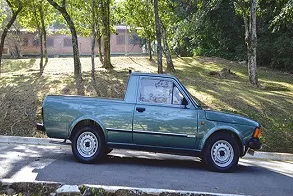If you are passionate about classic cars, you have probably heard of the Fiat 147, one of the most iconic models in the Brazilian automobile industry. What you may not know is that this legendary compact gave rise to an innovative and practical pickup truck: the Fiat City, which was derived from the famous 147 Pick-up.
Launched in a period of pioneering Fiat in Brazil, the 147 Pick-up was one of the first pickup trucks derived from passenger cars in the country. Although it is not as well-known as other models of the brand, such as the Fiat Uno or the line itself 147, it played an important role in introducing a concept that, decades later, is still successful: light and compact pickup trucks.
In this article, you will delve into the history of this great little utility vehicle, from its launch 147 Pickup until the arrival of Fiat City, understanding why it has become a reference in the Brazilian automotive market.
The Beginning: Fiat 147 Pick-up
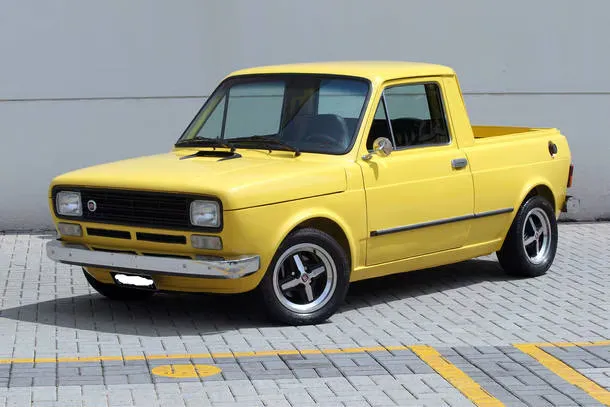
It all started in 1978, when the Fiat presents the 147 Pick-up at the Sao Paulo Auto Show. Directly derived from the compact hatchback Fiat 147, this small pickup truck was developed to meet urban and small business needs.
At the time, the proposal was bold: to create a pickup truck with reduced dimensions, ideal for transporting small loads in urban centers. To this end, Fiat adapted the rear compartment of the 147, transforming it into a functional bucket with capacity for up to 450 kg of cargo and two passengers.
The engines offered were the same as the 147 hatch:
- A 1050 of 56 hp and 7.9 kgfm of torque, It is
- A 1300 of 61 hp and 10.8 kgfm of torque.
Both were combined into one four-speed manual transmission, ensuring simple and functional driving, but without any major emotions.
Design and Features of the Fiat Pick-up
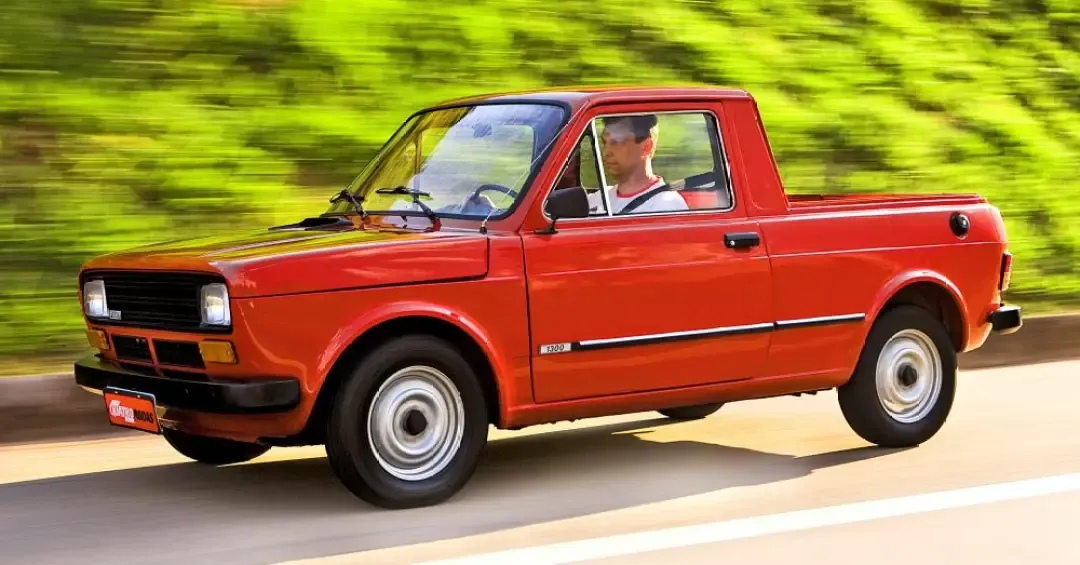
The 147 Pick-up kept the same wheelbase as the hatchback, with 2.22 meters, but its total length was slightly longer, reaching 3.63 meters. The bucket occupied the entire area behind the seats, maximizing cargo space without compromising the compact dimensions.
A curious feature of the pickup was the back cover, which opened to the left side, deviating from the standard downward opening. This detail gave the model an additional charm and contributed to its unique identity.
Despite the limitations of space and power, the 147 Pick-up won sympathy for its practicality and agility, making it an interesting option for both small businesses and personal use.
Evolution: From the 147 Pick-up to the Fiorino Pick-up
In 1980, Fiat launched the Panorama, a station wagon derived from the 147 with greater length and interior space. This model served as the basis for the evolution of the pickup, which gained a new version in 1981, renamed Fiorino Pick-up.
A Fiorino Pick-up brought significant improvements:
- Length increased by 18 cm, totaling 3.81 meters.
- Increased load capacity for 500 kg, in addition to the driver.
- New rear lid, which opened downwards, following the pattern of traditional pickup trucks.
- Engines exclusively 1300, available in gasoline (61 hp) and alcohol (62 hp) versions.
These updates made the pickup more practical and versatile, consolidating its place in the market as an affordable and efficient solution.
The Arrival of the Fiat City
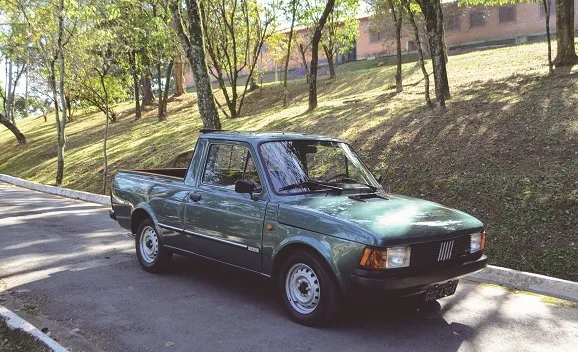
In 1982, Fiat has adopted an innovative strategy to further expand its pickup truck lineup. While the Fiorino Pick-up continued to focus on work, the brand decided to launch a version focused on leisure and personal use: the Fiat City.
The City brought the European front of the Fiat 147, with a more modern and elegant design. The proposal was clear: to offer a compact and practical vehicle for those looking for a pickup for everyday use, but without giving up a touch of style and comfort.
The slogan at the time summed up this idea well:
“Fiat Pick-up and City Pick-up: while one works, the other has fun.”
The coexistence of the two generations was strategic, allowing Fiat to serve both the professional public and consumers looking for a more relaxed vehicle.
Performance and Impressions
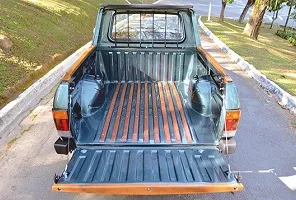
The Fiat City has retained many of the technical features of the Fiorino Pick-up, including the 1300 engine and the cargo capacity of 500 kg. However, it gained a rear suspension adjusted to offer more comfort on urban routes, although it still presented some discomfort when traveling without a load on uneven surfaces.
A test carried out in October 1986 highlighted some positive and negative points of the model:
- Positives:
- Good visibility, thanks to the higher steering wheel position.
- Attractive and modern design.
- Negatives:
- Imprecise engagement in the first gears, a recurring problem in Fiats of the time.
- Rear end unstable on uneven surfaces when unloaded.
Even so, the Fiat City won over a loyal following, especially among young people and small business owners who needed a versatile vehicle for their everyday lives.
The End of an Era
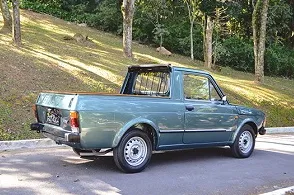
The coexistence between the 147 Pick-up and the Fiat City lasted until 1984, when the first one was discontinued. The Fiat City remained on the market until 1986, when it was replaced by more modern models, such as the Fiorino with double cabin.
Despite its brief history, the Fiat City left its mark as a compact and innovative pickup truck, capable of combining practicality and style in a single vehicle.
Conclusion
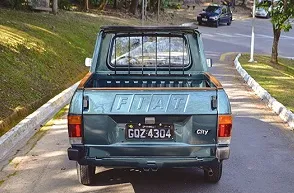
Looking back is a way to understand how the automotive industry has evolved over the years. Fiat City and its predecessor, the 147 Pick-up, are examples of how simple and creative solutions can meet the needs of different audiences, whether at work or at leisure.
Nowadays, when compact pickup trucks and SUVs dominate the market, it is interesting to remember that Fiat was already ahead of its time by launching models like these. If you’re a fan of classic cars, the story of the Fiat City is a reminder of how innovation can come in small packages — literally.
How about finding one of these rarities for your collection? After all, the Fiat City is not just a pickup truck; it is a piece of Brazilian automotive history, capable of bringing nostalgia and, who knows, even a smile when remembering the good times when “the little big pickup truck” ruled the streets.
